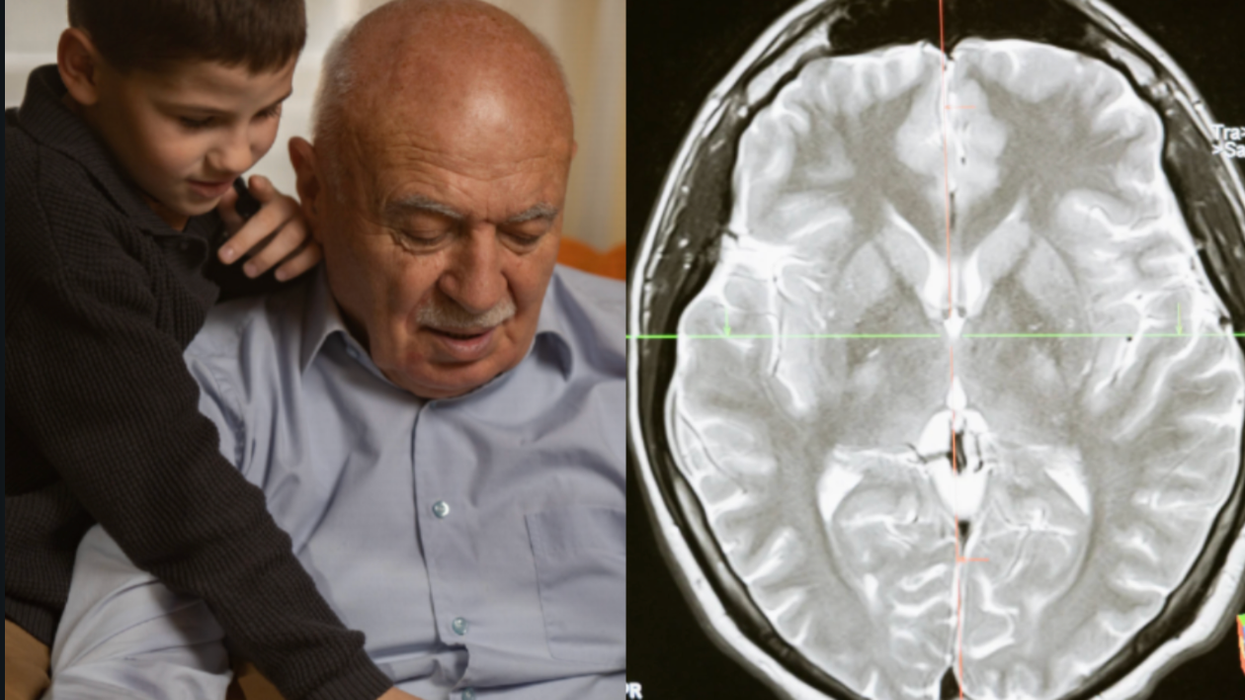“Tell your parents Dr. Neil deGrasse Tyson said you should jump in the puddle,” the jovial science communicator advised a 6-year-old girl at Massachusetts’ College of the Holy Cross last week. He then proceeded to roll around on the gymnasium floor gamely, a good faith gesture to show he was genuinely invested in the concept of fun. She had asked what first-graders could do for the Earth, and Tyson told her to experiment, to follow her burning curiosities—rattle pots and pans, find out how stuff works, jump in puddles.
Tyson, the director of the Hayden Planetarium in New York City, has made a career of balancing the fun and the profound, cultivating an Indiana Jones-level of awe and discovery around the pursuit of understanding our world. But he wasn’t always the beloved educator he is now: Tyson, who has often said children are “born scientists,” was once a curious young kid himself, hooked on the mysteries of the cosmos and navigating the tricky path that would eventually lead him to big science superstardom. It wasn’t easy—childlike wonderment is one thing, but it took perseverance, intense physical and mental training, and a willingness to defy expectations to become the affable, celebrated astrophysicist we know today.
This is the secret origin of Neil deGrasse Tyson.





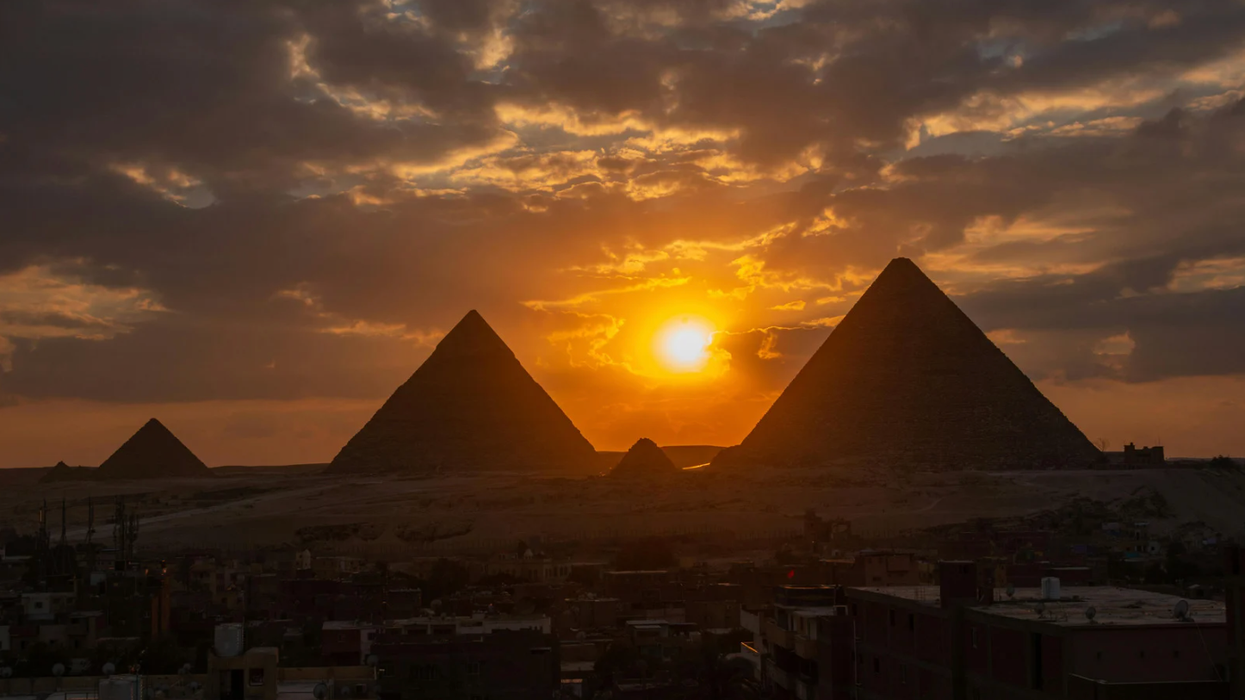

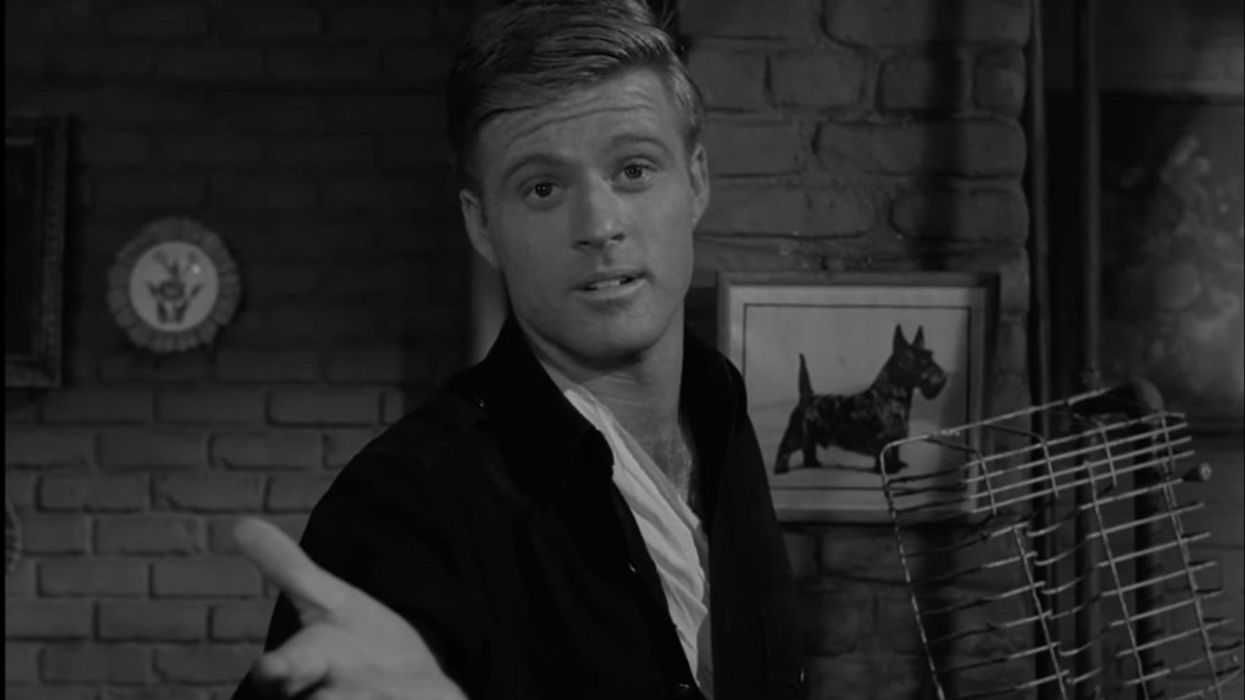
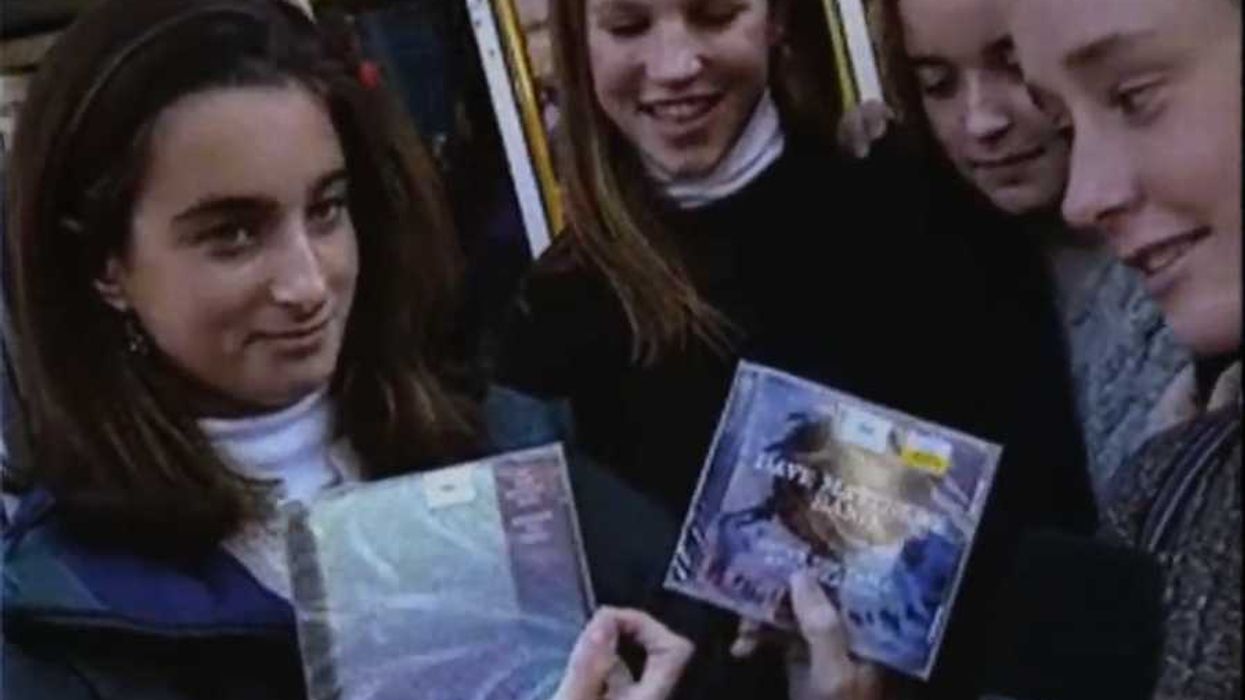
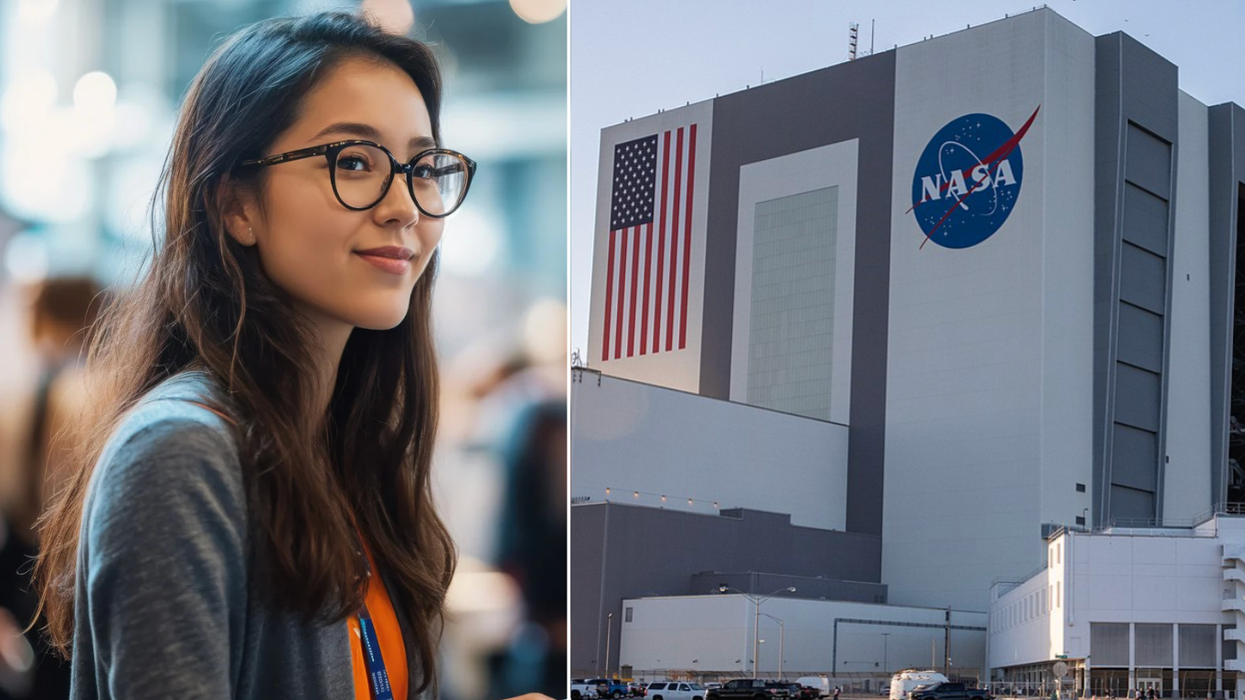






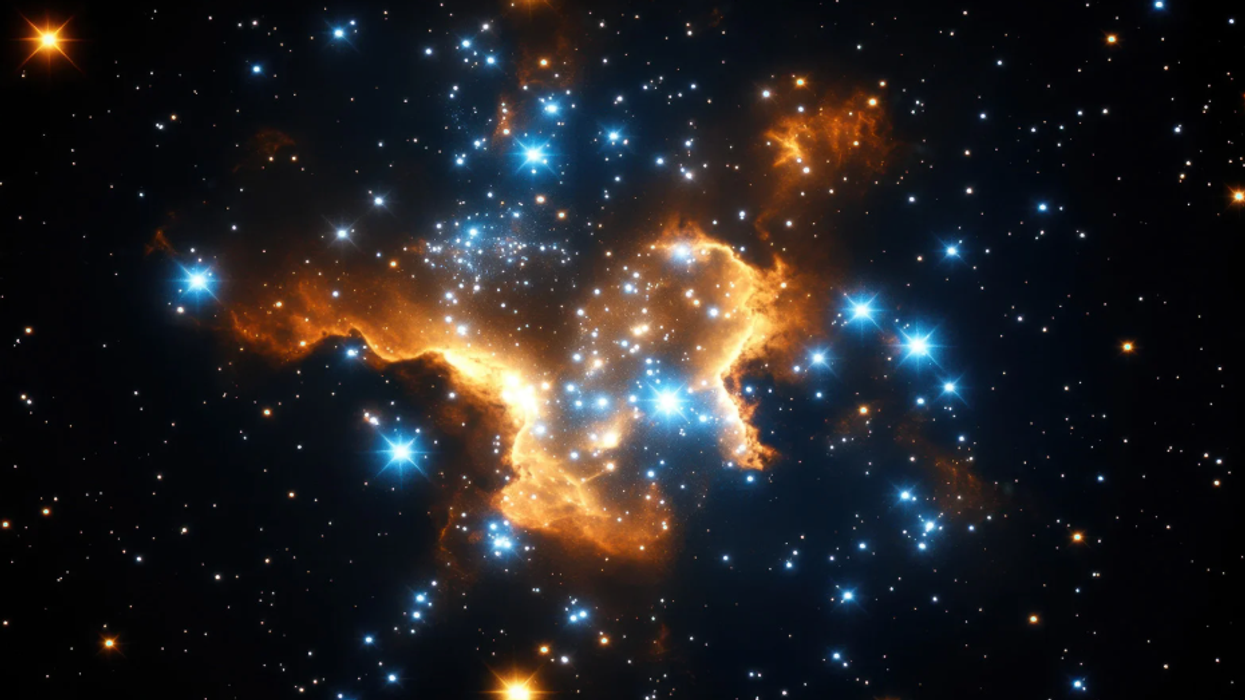
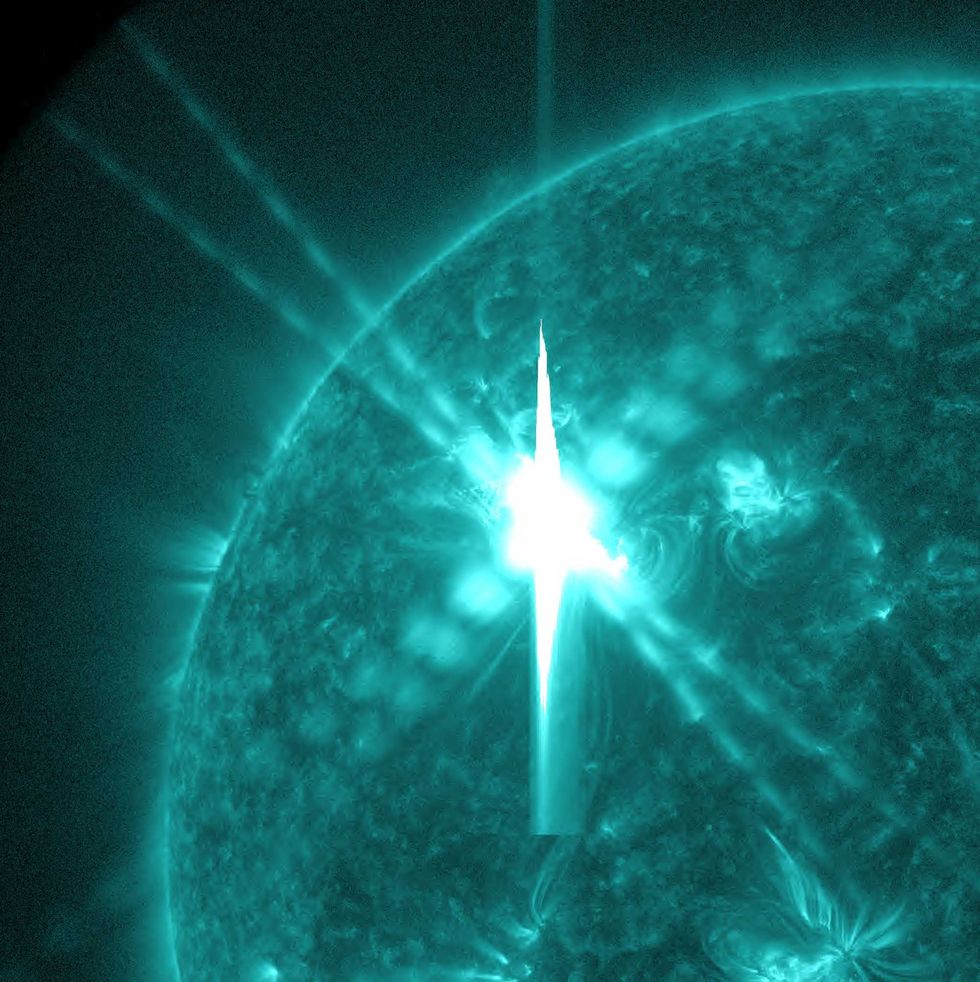 Image artifacts (diffraction spikes and vertical streaks) appearing in a CCD image of a major solar flare due to the excess incident radiation
Image artifacts (diffraction spikes and vertical streaks) appearing in a CCD image of a major solar flare due to the excess incident radiation

 Ladder leads out of darkness.Photo credit
Ladder leads out of darkness.Photo credit  Woman's reflection in shadow.Photo credit
Woman's reflection in shadow.Photo credit  Young woman frazzled.Photo credit
Young woman frazzled.Photo credit 
 A woman looks out on the waterCanva
A woman looks out on the waterCanva A couple sits in uncomfortable silenceCanva
A couple sits in uncomfortable silenceCanva Gif of woman saying "I won't be bound to any man." via
Gif of woman saying "I won't be bound to any man." via  Woman working late at nightCanva
Woman working late at nightCanva Gif of woman saying "Happy. Independent. Feminine." via
Gif of woman saying "Happy. Independent. Feminine." via 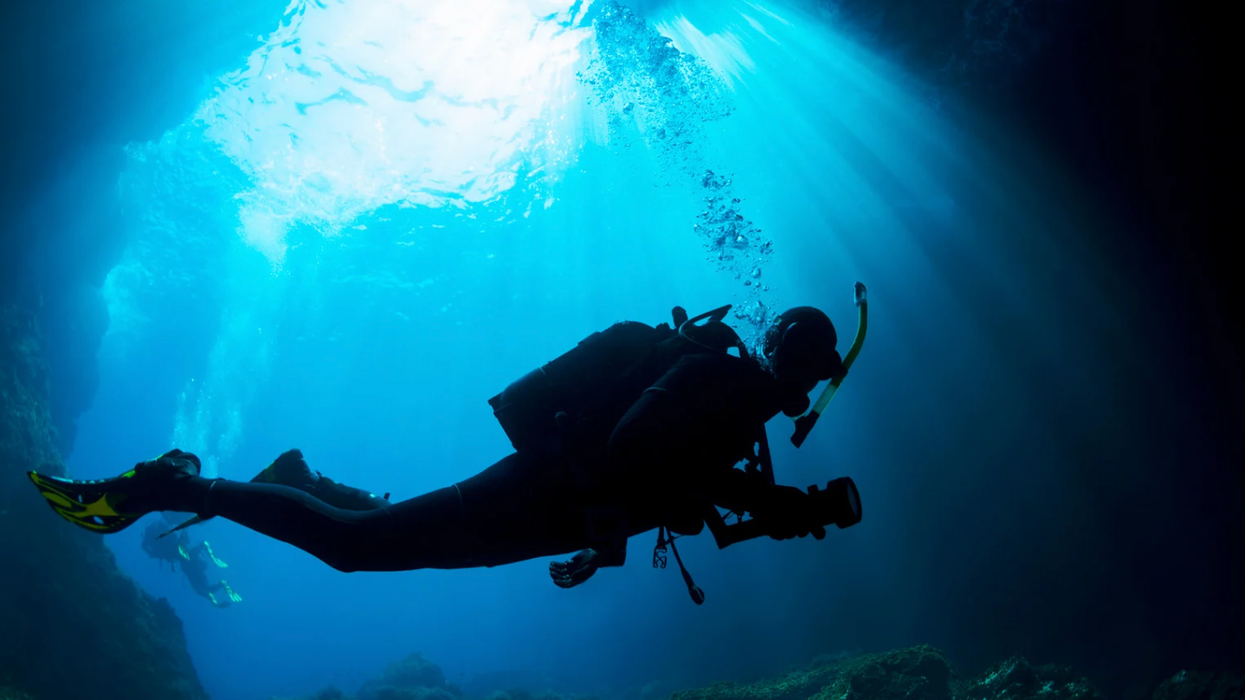
 Yonaguni Monument, as seen from the south of the formation.
Yonaguni Monument, as seen from the south of the formation. 